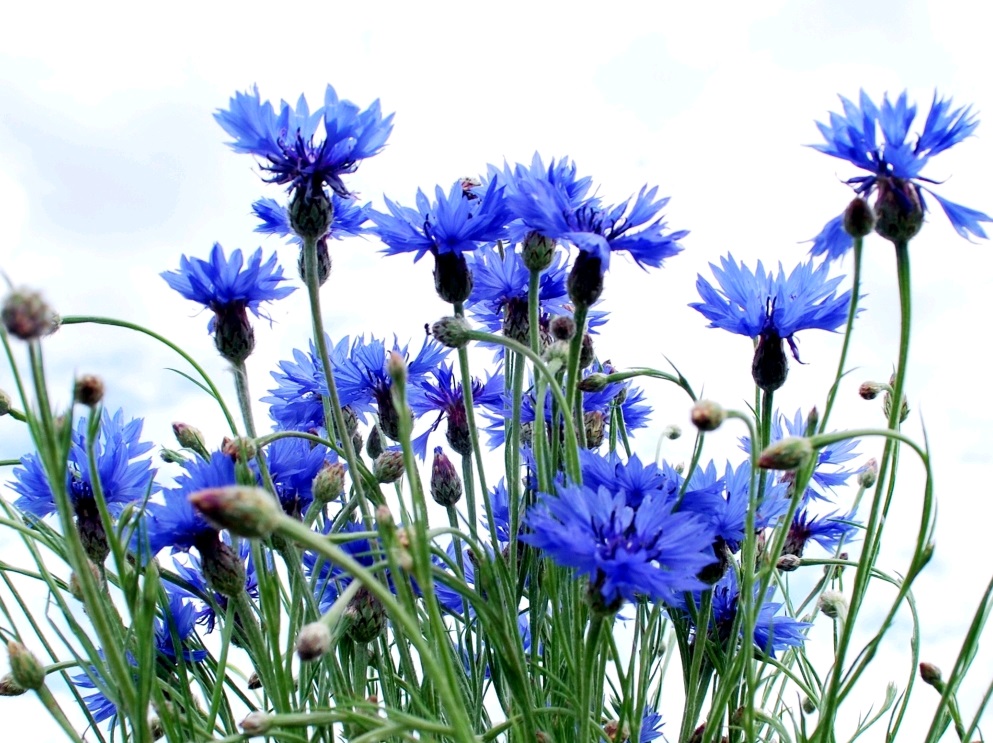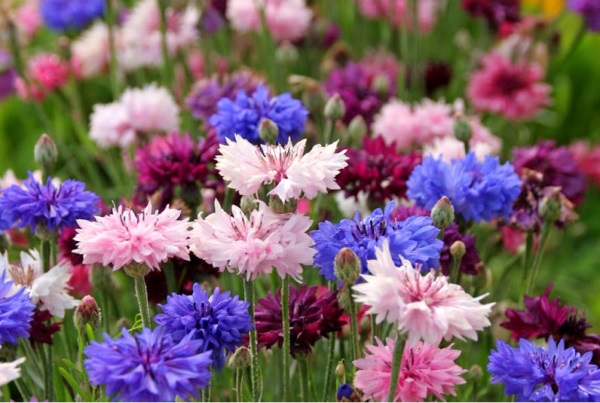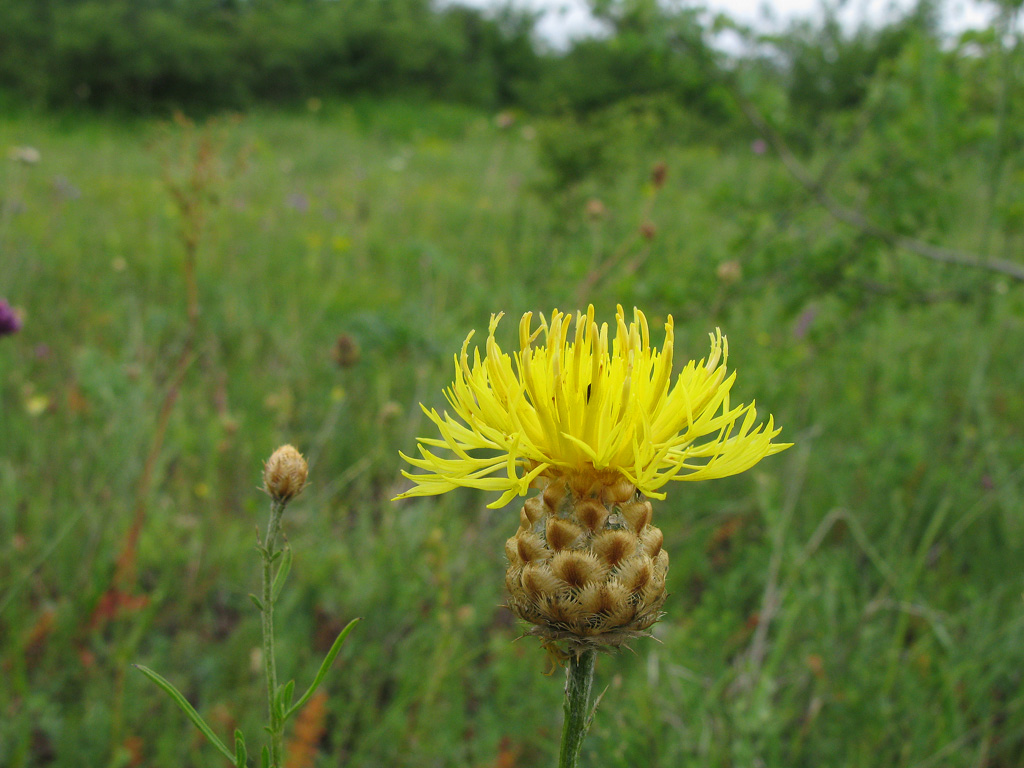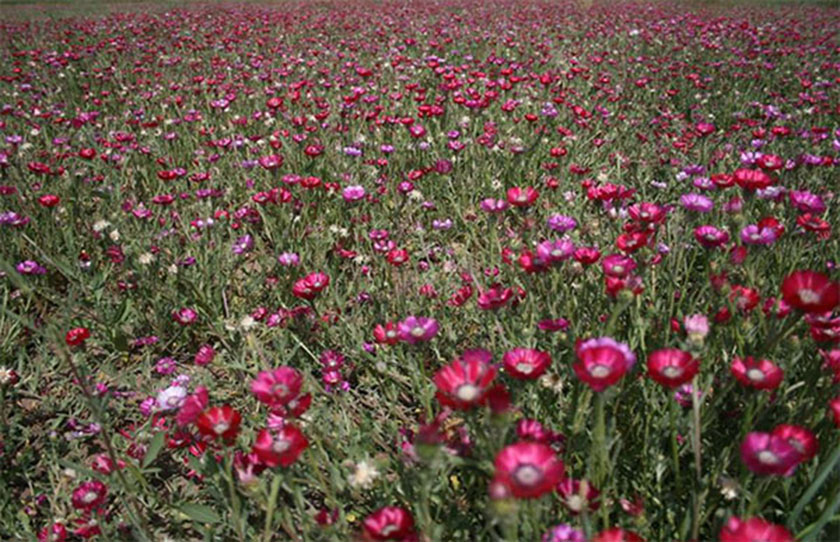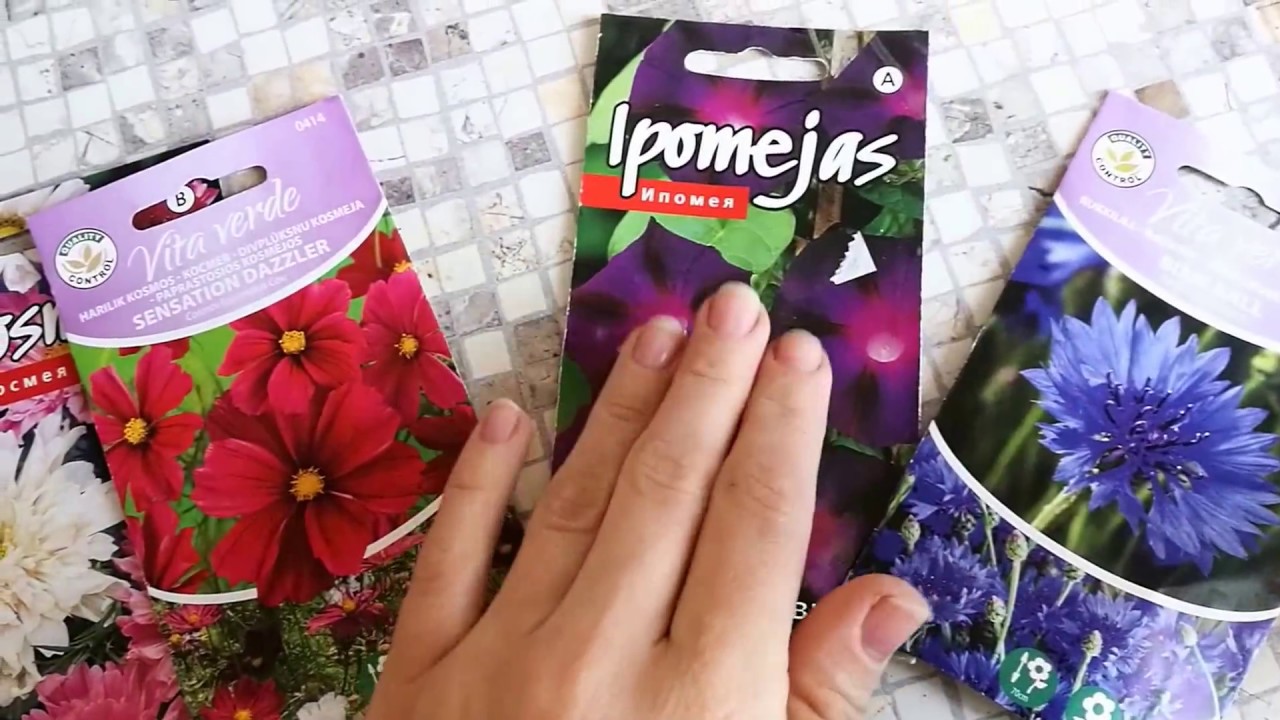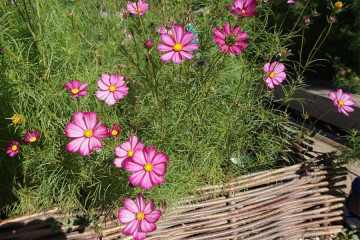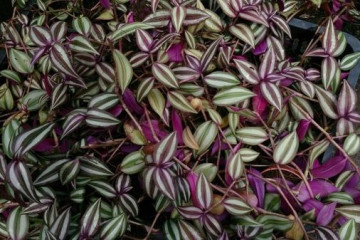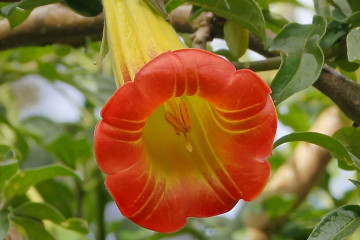Cornflower flower
Content:
Cornflower is a flower of the Asteraceae family, native to southern Europe. The herbaceous culture often grows as a weed in fields, meadows, forest glades. Due to the aesthetic properties of common cornflowers, plants are grown for cultural purposes on the territory of school, preschool institutions, gardens and vegetable gardens. In Russia, centaurea is associated with heavenly blue, but in nature there are lilac, yellow, pink, white and combined options. Three varieties: Borovoy, Dubyansky, Talieva, are included in the Red Book.
The origin of cornflowers
Cornflowers flowers get their name from the Greek word "basilikon", which means "royal culture". The plant is nicknamed by the South Slavs, who use the culture in funeral rituals and memorial rites. The Latin meaning of cornflower or cornflower "centaurea" is translated as "one hundred yellow flowers."
The botanical "centaurea" is borrowed from the Greek word "kentaureion", its meaning is associated with the centaur Chiron, a mythological healer who possesses information about the medicinal properties of herbaceous plants, including wildflowers.
Description of the flower
Outwardly, cornflowers look like graceful recumbent or erect shrubs up to 120 cm high, the leaves grow alternately, have a whole or variegated dissected shape, the inflorescences form spherical and cylindrical baskets. Bare or pubescent scale envelopes prefer to grow in groups or single elements in paniculate and corymbose inflorescences. Flowers at the edges are rolled into tubular funnels.
The description of the root system of the cornflower flower of various varieties indicates the characteristic features:
- the presence of numerous root overgrown offspring;
- powerful recessed rod;
- long branched processes;
- short branches;
- thickened roots.
The beneficial properties of blue cornflower are extensive: as a melliferous plant, the plant attracts pollinators to flower beds or orchards, the medicinal diuretic effect determines the use of the flower for the manufacture of medicinal decoctions to combat kidney diseases. The rich aroma of culture petals has been recognized among culinary specialists and manufacturers of perfumery and cosmetics. Essential oils normalize digestion and lift your spirits.
Types and varieties of cornflower
The cornflower of the Astrov family has 500 varieties. Plants differ in the size of the stem, the structure of the flowers (double, not double) and the type of root system. The most common are field, garden, meadow, musky types of cornflowers.
Field flower
The field cornflower is easily identified by its 80 cm long stem, which accommodates bright blue flowers. Green leaf plates are thin and elongated. The biennial crop is most often found in the rye fields of Russia.
In the English variations of the cornflower, the Black Ball flower with a basket of chocolate tones stands alone. Widely popular is the Blue Diadem variety with rich shades of buds, taken as the basis for creating rip-stop fabric, Florence Pink is a compact bush of pale pink colors.
Yellow variety
Large-headed Centaurea is translated from Latin as 100 yellow cornflowers.Under natural conditions, the individual is found in Siberia, Kamchatka, and the Urals. Wild varieties decorate fields with cereals (wheat, rye, flax) and vegetables. The homeland of the plant is the Mediterranean. The flower grows up to 1-1.5 m in length, forms large inflorescences. The coloring is bright yellow or light yellow. Diameter - 7 cm. Because of the large baskets, the culture is confused with thistle.
Flower pink
The Baby Pink variety (translated as pink baby) pleases lovers of dwarf plants with flowers of a pale pink or two-tone color. A meadow variety is also able to decorate a flower bed with white, purple, pink cornflowers. A perennial grows up to 80 cm. On long stems there are green leafy plates covered with milk fluff.
Cornflower white
In nature, white cornflowers are common in the rocky areas of the Caucasus and northern Iran. The culture forms dense bushes 55 cm high. The lower leaves on a long petiole are dissected, the top is painted with dark green tones, the lower part of the leaf is bleached.
Cornflower inflorescences are white, single, have a diameter of 4 cm. Among the main varieties of the variety, John Coutts is distinguished, which has large inflorescences painted with pale pink paints along the edges. The plant blooms from July to September.
Oriental variety
Large yellow flowers grow on a perennial eastern cornflower with a height of 120 cm. The stems of the culture are particularly massive. The variety is decorative and is often found in flower beds in Russia.
Cornflower purple
A special place in the ranking of purple cornflowers is given to the Amberboa musk variety - an annual plant with a height of 70 cm with a pleasant aroma. The stem is branched, the leaves are bright green with jagged edges. The basket is formed by funnel-shaped flowers with cut edges. The place of growth of an individual determines what period of flowering the culture will have, usually the buds are formed from June to October. The plant is drought-resistant.
Phrygian (Centaurea phrygia) cornflowers – perennial plants that are popular in Russia due to a number of advantages:
- wide range of sizes - 30-130 cm;
- large, 5 cm in diameter flowers;
- medium leaves;
- wrappers at the top with a constriction and black dissected appendages.
The pseudo-Phrygian variety looks like a Phrygian cornflower. The difference lies in the brown color of the appendages and the absence of constriction on the leaves of the wrapper. The perennial Centaurea preudophrygia blooms in summer and early autumn. Grows in central Russia.
Red variety
The annual plant is found in the steppe and agricultural areas, it is clearly visible from small flying ships at an altitude of 1 km. Stems are erect, branching from below. The leaves are corrugated, pubescent. The plant has red and purple, pale pink, iridescent in the sun shades. Flowering lasts May-June.
Landing
The main varieties of cornflower are divided into 2 groups: xerophytes and mesophytes.
The former have an important feature: they lose their ability to reproduce with abundant nutrition after planting and growing on fertile soil. Xerophytes prefer harsh living conditions. They grow well on bare sand, make their way through asphalt and cement. In the garden, the flower is allocated sandy and depleted areas, following the main rule: the soil must be loose and have good water and air permeability. Acidic soils are unacceptable. Before sowing seeds, it is advisable to neutralize the pH level with dolomite flour and lime.
Optimal location
For planting cornflower blue flowers, a flat area flooded with sunlight is suitable. To increase decorativeness, perennial cornflowers are planted with other low-growing shrubs in open soil. Bushes placed along the edge will receive the maximum amount of sunlight and increase resistance to diseases, will begin to reproduce well, and planting and growing will not cause difficulties.
Step by step process
Sowing seeds
It is not necessary to prepare seedlings for cornflower crops - the plants germinate well when sowing seeds in open ground. The best time to plant seeds is April or September. The soil is pre-loosened and seed holes are made 1.5 cm deep.
The distance between the rows for large varieties is left 10 cm (you can first draw a diagram) - at the indicated interval, individuals will support each other as they grow. When planting low-growing varieties, they stand 20 cm between the holes - compact bushes have the ability to bush and develop in width. The lack of space for development causes degradation of flowers, the stems become thinner, the buds grow small and faded.
Division of bushes
Perennial cornflowers tend to grow strongly and lose their decorative properties; dividing and planting a bush every 3 years will help prevent this phenomenon. When dividing perennial garden cornflowers, bushes with 3-4 buds are placed in a new place, observing an interval of 20-50 cm.
Caring for garden cornflowers
Depending on the variety, the period for growing cornflowers in one place reaches 10 years. Perennial individuals hibernate without shelter, withstand severe frosts (many designers quite rightly decorate warm jackets with cornflowers). However, excessive watering, stagnant water on the site, excessive soil moisture are the main enemies of the culture, provoking fungal diseases.
Watering mode
Wildflowers do not tolerate an abundance of liquid, even moisture-loving varieties grow well with moderate irrigation of the land.
Top dressing
Fertilizing cornflowers with Kristallin prolongs the flowering period. The recommended frequency of application is 2 times / month. Fertilize the crop at a rate of 20-30 g / m². Excessive dosage causes yellowing of leaves and death of plants.
If you provide the cornflowers with proper care, delicate flowers will give their owners beauty and good mood for a long time. More often crops are planted in group plantings, against the background of large white daisies, bells and gravilata. Plants look good in tubs and large flowerpots. Flowers are used for cutting and in the rock garden.
Video
